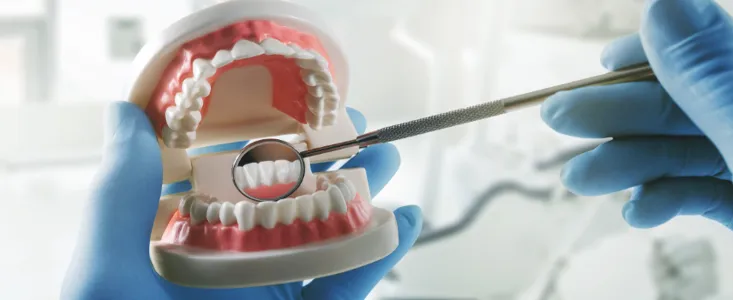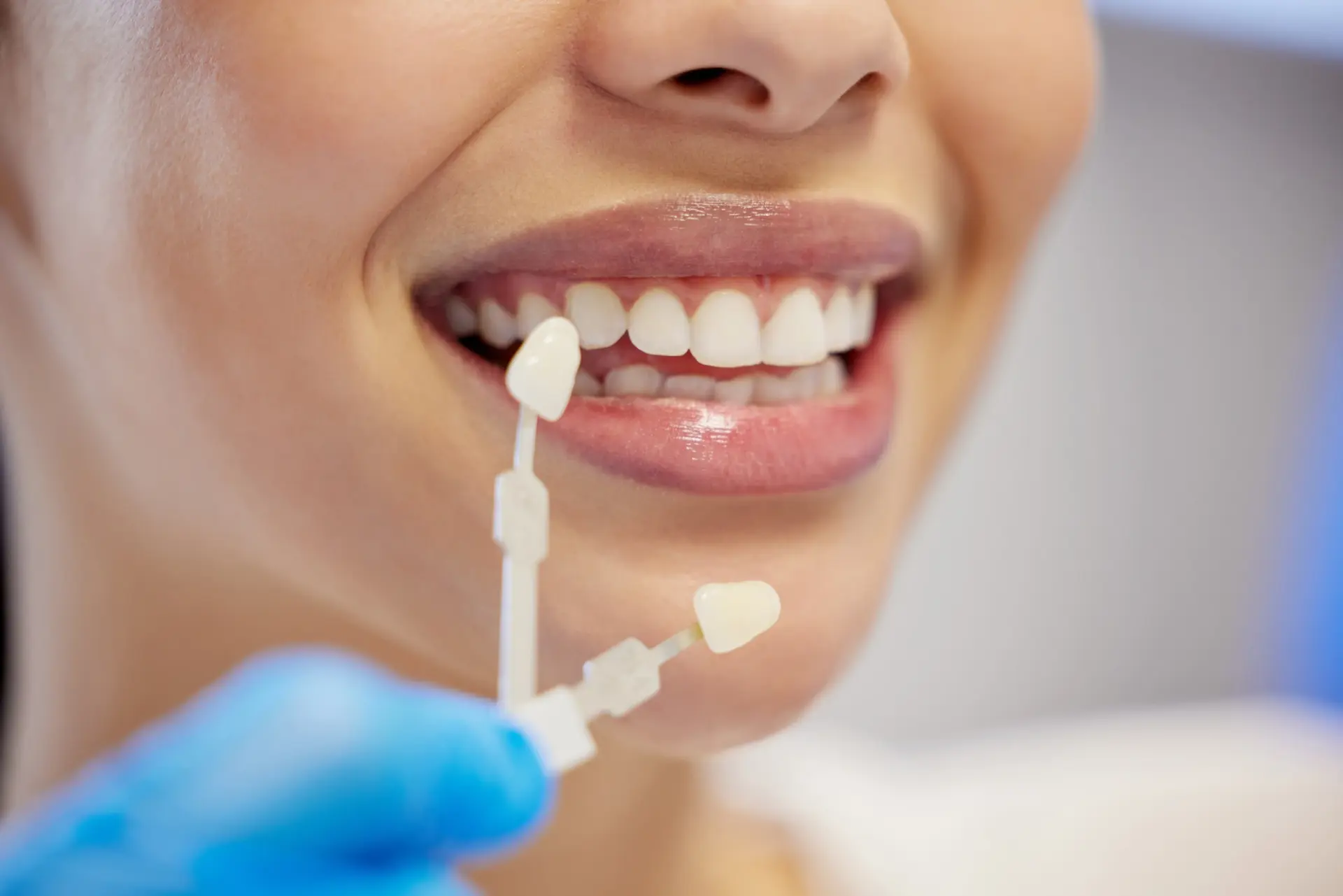Oh, the cavity – an ailment that most have probably encountered at some point or another. Whether it was an overdose of sugar as a kid or neglecting to brush as an adult, cavities can affect all ages, and no one is immune. However, how do these pesky things take root, how do you know if you have one, and what are the best ways to prevent them from popping up again? Today, we’ll take you through the life of a cavity, diagnoses and prevention methods.
Where Did That Cavity Come From?
So, how did that cavity get there anyways? First, you should know that although most wait to seek a dentist in response to tooth pain, cavities start forming long before someone who has one begins to experience pain. In fact, 92% of adults ages 20 to 64 have had cavities at one point or another. Cavities form as the bacteria in the mouth feast on sugar and starches that remain after you’ve eaten. These bacteria can release acids that eat away at a tooth’s enamel, thus creating a hole. Once the tooth has decayed enough to form a hole, thus it officially becomes a cavity. The enamel has either worn away or broken below the surface of the tooth, and will begin to expose the dentin underneath. At this stage, pain and sensitivity are unlikely, thus the need for routine check-ups. Cavities can be hard to detect in the early stages, and prevention is key – it is always best to get them filled in their early stages. However, if you miss your check-up and allow the forming cavity to fester, the enamel will begin to erode and expose more dentin, subjecting you to pain and sensitivity. This reaction is your body’s way of telling you that something is wrong, and at this point, it is time to pay a visit to your dentist – once the cavity has reached the dentin layer, it will start to decay more rapidly. Once the decay has eaten through the dentin, it will begin to eat away at the pulp – this is extremely painful, and best to avoid. If the bacteria in your mouth infect the pulp, it can cause an abscess. Hopefully, you’ve paid a visit to your dentist before something this extreme occurs. A rule of thumb is to book a visit as soon as you experience any pain or sensitivity to prevent the negative progression of a cavity.
How are Cavities Treated?
Now, what exactly does it mean to get that cavity “filled?” Usually, if a dentist catches a cavity on time, they will fill them with a silver-colored amalgam of several metals, or more popular, a tooth-colored resin. Although these procedures are often painless, sometimes dentists will apply a local anesthetic to numb your gums and parts of your mouth, commonly Lidocaine. The dentist will then fill the hole, and once the local anesthesia wears off, the procedure is complete. This procedure is usually short in length, and no outpatient time is required.
How Can You Prevent Future Cavities?
However, hopefully this lifecycle is something you can avoid entirely through simple prevention methods. For instance, brushing every day, twice a day for two minutes at a time is perhaps the easiest way to prevent the onset of cavities. Flossing certainly doesn’t hurt, either! If you have had a cavity before and are prone to them, using a cavity-prevention toothpaste can be helpful as well. Some people are more susceptible to cavities than others, and your dentist can help you decipher your cavity risk level. Additionally, it might be wise to cut back on sugary and acidic food and drinks and replace them with water. Lastly, smoking and tobacco use can cause cavities as well – quitting or finding an alternative can aid in prevention, and the improvement of your overall level of health.
Looking to better prevent or rid your mouth of those pesky cavities? The dental professionals at Anderson and Atkins are happy to help you. We can advise you on prevention methods and perform fillings as well. To book your appointment today or if you have any questions about our practice, please feel free to contact our office at (979) 846-1813 or email us at info@craigandersondds.com.
Sources:
https://dentistry.uic.edu/patients/cavity-prevention-tips
https://www.colgate.com/en-us/oral-health/conditions/cavities/cavity-fillings–do-they-hurt-
https://www.shorelinedentalstudio.com/blog/lifecycle-of-cavity-san-clemente-ca-dentist
Share
How Does Oral Health Affect Overall Health? Poor oral hygiene allows harmful bacteria in your mouth to grow, enter your bloodstream, and travel to other parts of your body. This spreading of bacteria can trigger inflammation and infections, leading to serious health issues. What Health Issues Result from Poor Oral Health? Recent research shows the
Did you know that your smile is the most recognizable part of your face? A beautiful smile also boosts your self-confidence and promotes positive interactions in your professional and social life. That explains why the American Academy of Cosmetic Dentistry has seen a significant increase in cosmetic dental procedures over the last decade. Cosmetic dentistry
Healthy gums are the foundation for a healthy smile because they support and protect your teeth. That’s why gum health is essential for a bright and beautiful smile. Here are some six tips to help keep your gums (and smile!) healthy. Brush Your Teeth Twice a Day Brushing your teeth twice daily is crucial for





